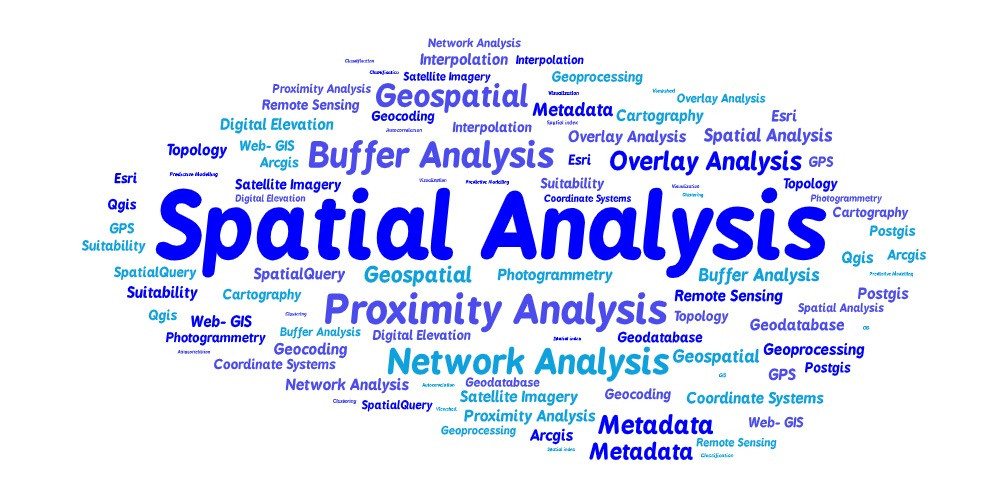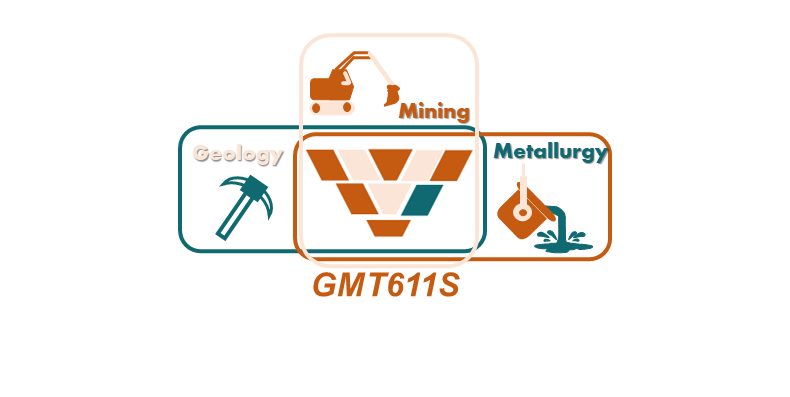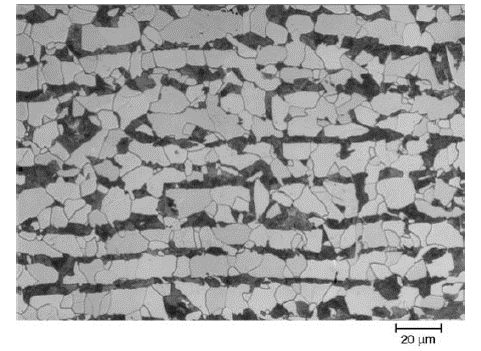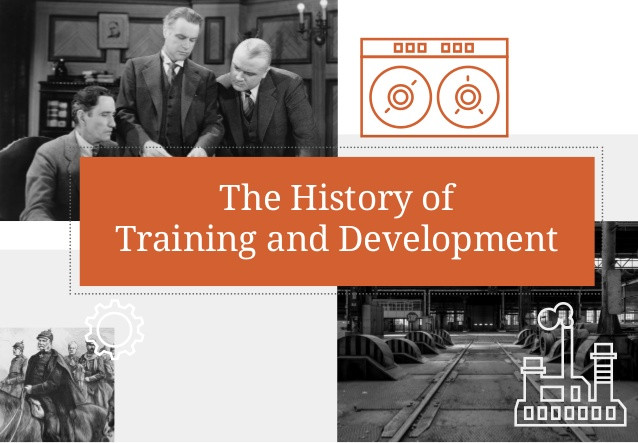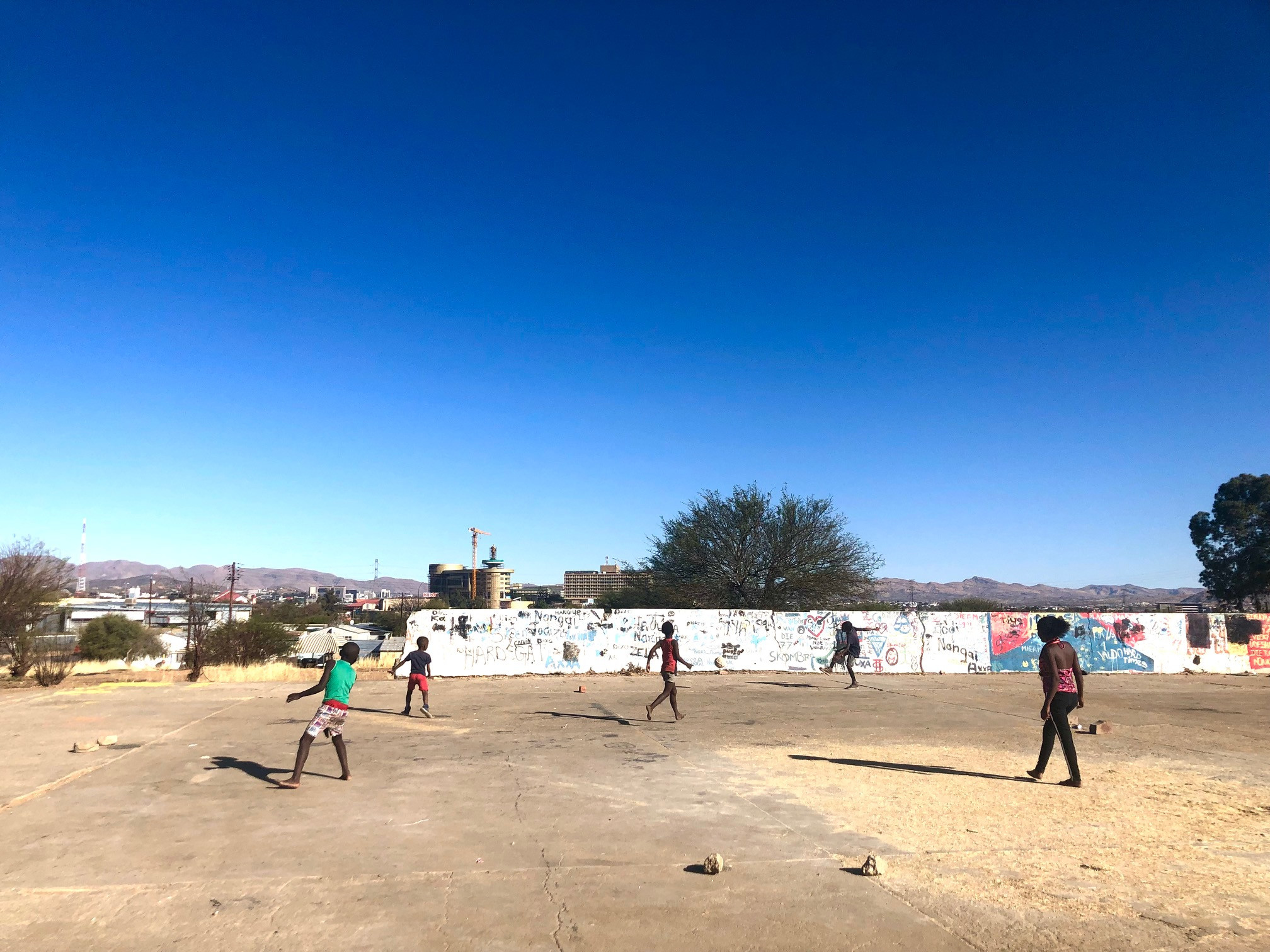This course aims to introduce students to the fundamentals of marketing and the environments in which marketing operates and what marketing is to its relevance to the overall business process. It explains the contribution and essence of each of the four traditional and three extra elements (4+ 3 Ps) of marketing products/services and other critical concepts like segmentation and market research and intelligence in developing an effective marketing programme in response to the ever-changing customer and consumers’ demands, needs and wants in other to meet the goal of professional organisations in the areas of sports, logistics, recreation, and transport.
- Lecturer: Peter Haufiku
- Lecturer: Brenda Kahuikee
- Lecturer: Loide Moombola
- Lecturer: Selma Gwangapi Naanda
- Lecturer: John-Graftt Ndungaua

